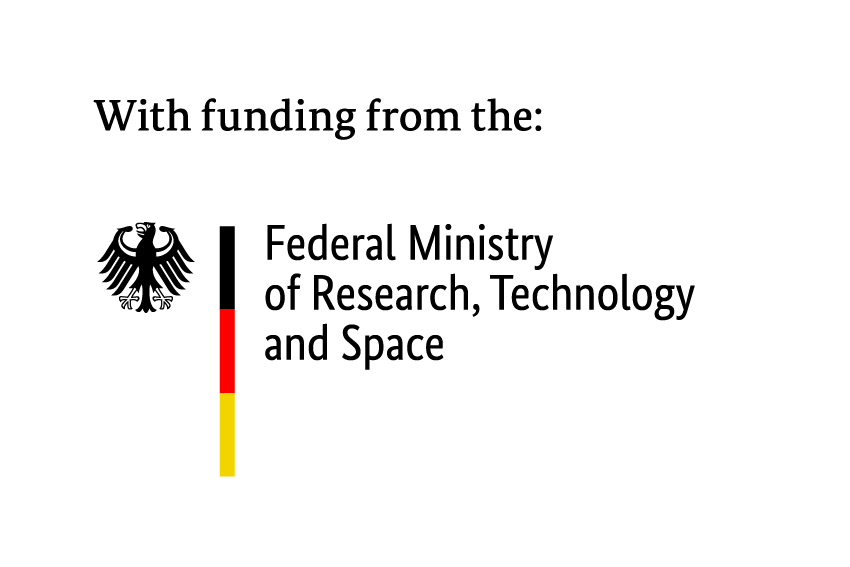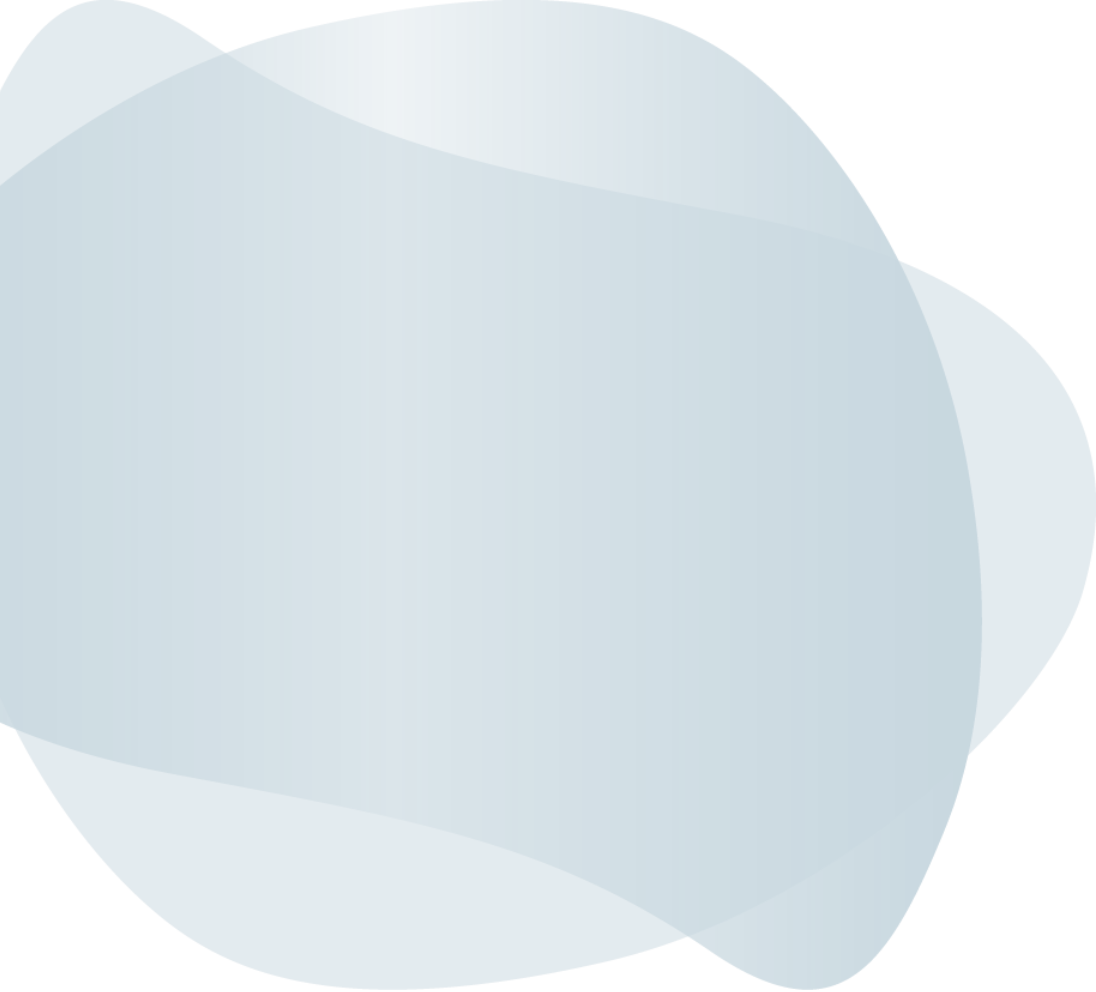SaxoCell
Title: SaxoCell
Duration: 01.10.2021 – 30.09.2024
Research Area: Bioinformatics
ScaDS.AI Dresden/Leipzig contributes to two subprojects in the BMBF cluster4future SaxoCell which is a large and saxon-wide research cluster dedicated to the development and clinical application of cell-based therapies. We support here the projects SaxoCellSystems and SaxoCellOmics. SaxoCellSystems focuses on optimizing and automating ATMP manufacturing to improve safety, efficiency, and cost reduction. It plays a crucial role in creating a sustainable infrastructure in Saxony by applying advanced AI methods for process optimization to ATMP manufacturing. SaxoCellOmics capitalizes on the SaxoCell region’s technological advancements providing a platform for multidimensional cellular and molecular measurement methods. SaxoCellOmics serves as a support platform offering secure and distributed analysis servers, training, and customized pipelines for projects inside SaxoCell.
Aims
The objective of SaxoCell is to develop novel gene and cell therapeutics and make this therapy more accessible. The goal of ScaDS.AI Dresden/Leipzig is to provide and develop AI methods for the efficient application of computer vision for cell detection (SaxoCellSystems) and provide overall AI and data expertise to the projects for molecular and genetic analyses (SaxoCellOmics).
Problem
Novel gene and cell therapeutics, often referred to as ‘living drugs,’ hold significant promise for treating diseases. However, these cutting-edge technologies are currently burdened by high costs, and further research is needed to understand their efficacy and tolerability. SaxoCell addresses this central challenge by aiming to enhance the efficacy and reduce the costs associated with these innovative cell therapeutics. The ultimate goal is to make the application of living drugs feasible on a broad scale, thus unlocking their potential for widespread and affordable treatment.
Practical Example
In the first funding phase one of our focus is the optimization of stem cell production. To efficiently cultivate mesenchymal stem cells, precise harvesting before differentiation is crucial. In support of this critical process, our collaborators in the lab provide microscopic images. Leveraging advanced AI methods for object segmentation, we calculate the percentage of area covered by cells, ensuring exact and standardized monitoring of cell growth. To enhance accessibility for lab biologists, we are developing a user-friendly web application. This tool allows users to effortlessly upload cell images and obtain detailed cell confluence information conveniently downloadable.

Technology
For our ATMP production optimization, we use PyTorch-based computer vision models for cell detection, in particular newly published large-scale pre-trained models like Detectron2 or Segment Anything. Additionally, we implemented data-centric AI methods to optimally curate our dataset. In SaxoCellOmics we set up an analysis server, which is available to the whole SaxoCell consortium, based on the community project Galaxy for bioinformatic analyses steps required for biomarker identification or cell therapy quality controls.
Outlook
SaxoCell envisions revolutionizing cell and gene therapeutics, enhancing affordability and accessibility. Future research will expand confluence detection to various data modalities and explore predicting the precise harvesting time of cells, marking a significant step towards advanced therapeutic advancements.
Team
Lead
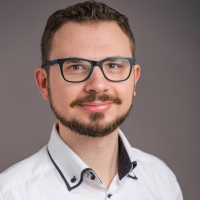
Dr. Jan Ewald
Leipzig University
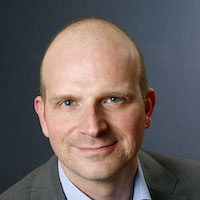
Prof. Dr. Thomas Neumuth
HTWK Leipzig
Chair of Information Systems in Medical Technology

Prof. Dr. Erhard Rahm
Leipzig University
Department of Computer Science, Database Group, Chair of Databases
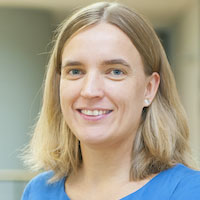
Dr. rer. nat. Kristin Reiche
Fraunhofer Institute for Cell Therapy and Immunology
Bioinformatics
Team Members
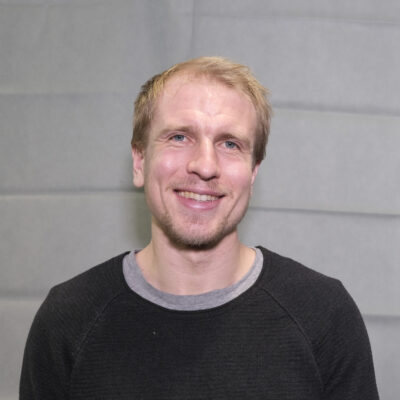
Max Joas
Leipzig University
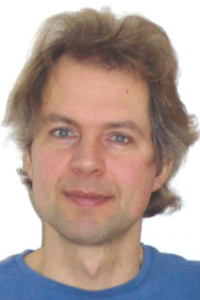
Dr. Christian Martin
Leipzig University
Department of computer science, Data Base Group
Partners
- Dr. Ulrich Blache (Fraunhofer IZI)
- Prof. Mario Rüdiger and Prof. Ezio Bonifacio (TU Dresden)
- Prof. Reinhard Henschler (Universitätsklinikum Leipzig)
- Dr. David Langenberger (ecSeq GmbH)
- Tino Hammer (MDTB Cells GmbH)
